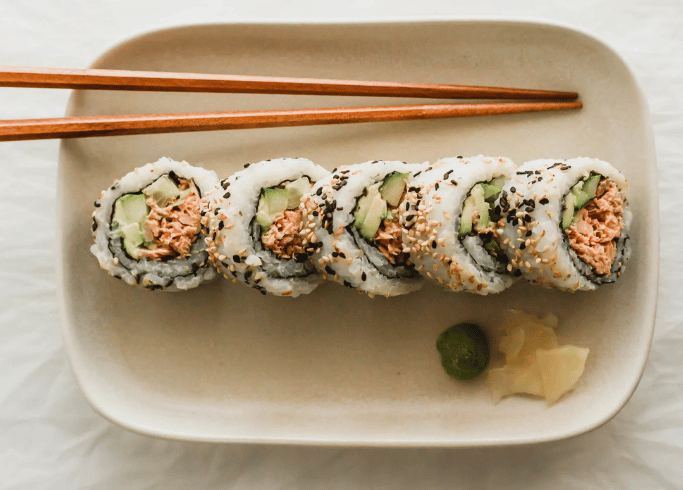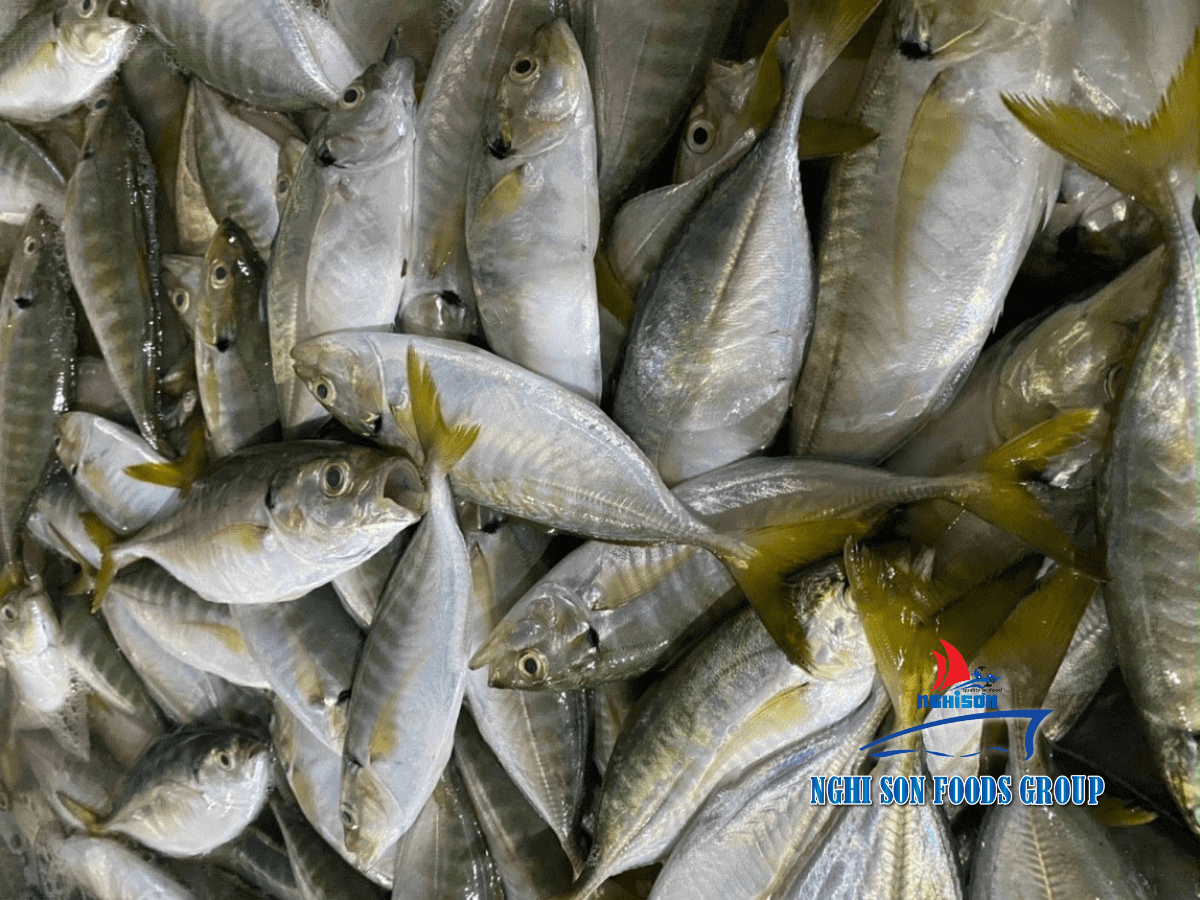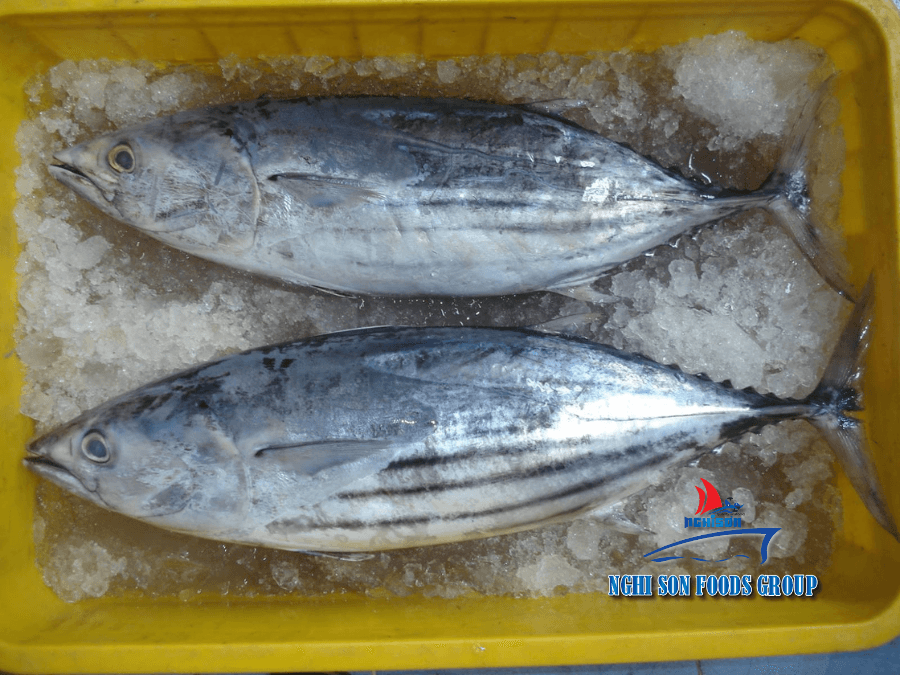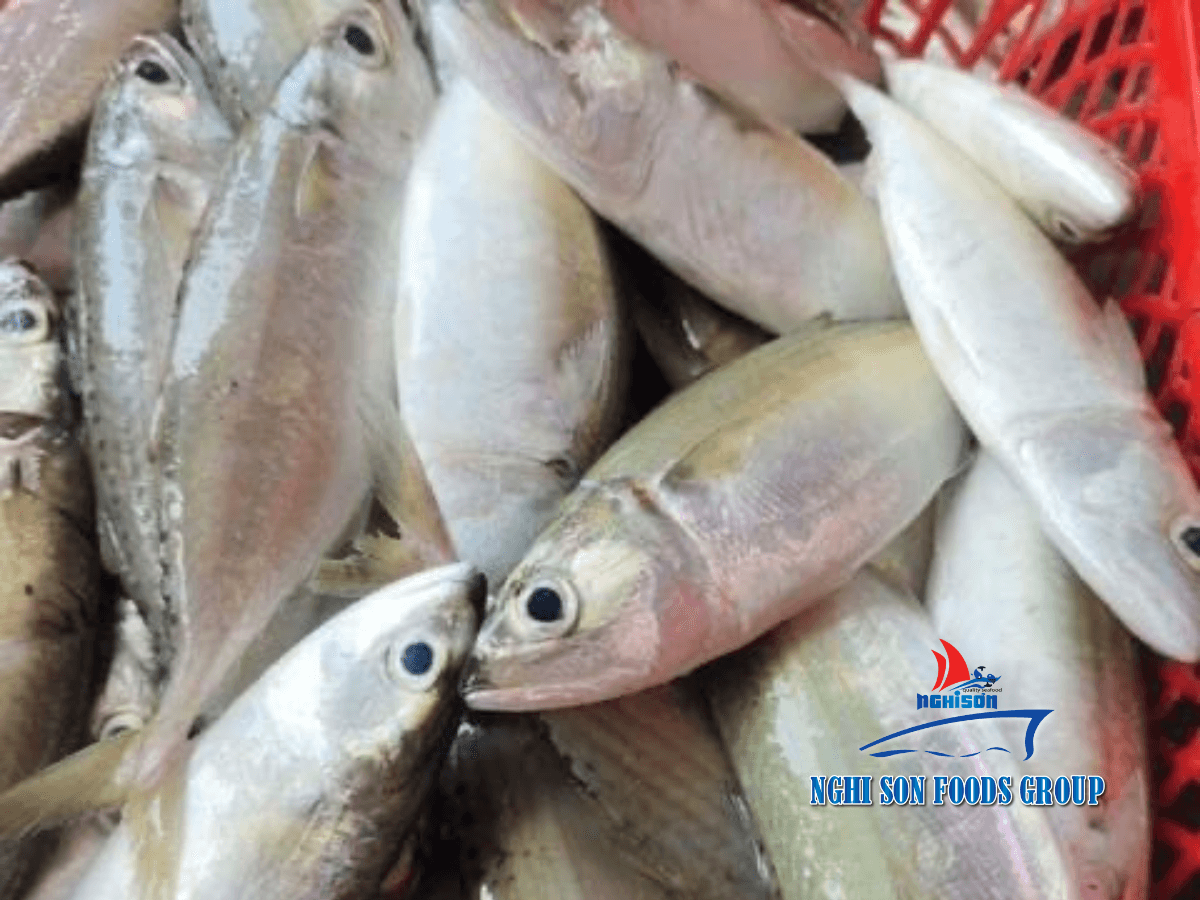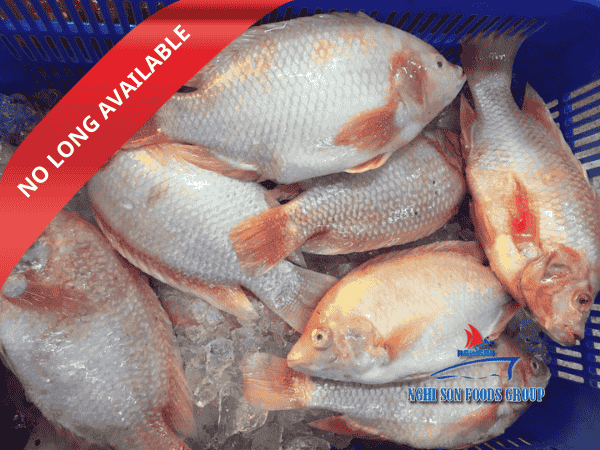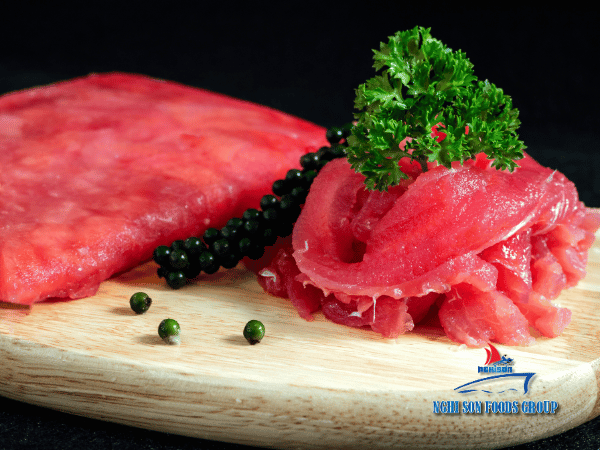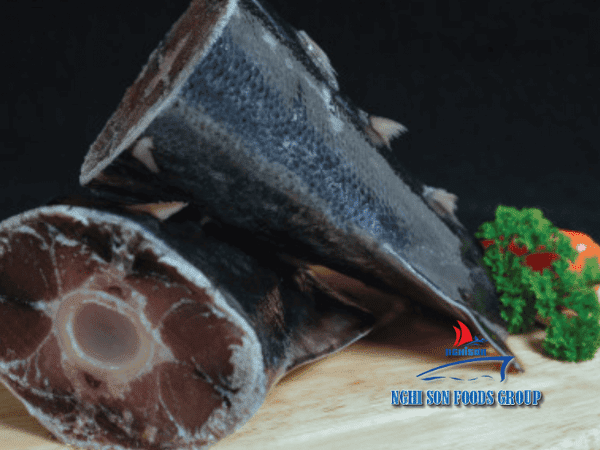The global seafood export industry is experiencing unprecedented growth, and the United States stands as one of its largest importers. However, breaking into this lucrative market requires more than just quality products; it demands a comprehensive understanding of the intricate regulatory framework established by the Food and Drug Administration (FDA). In this comprehensive guide, we will explore the key steps and considerations necessary for full compliance with FDA regulations, ensuring the safety and legality of your seafood exports to the United States.
Table of Contents
ToggleUnderstand FDA Regulations
To embark on a successful seafood export journey to the United States, you must first immerse yourself in the specifics of FDA regulations. Two crucial regulations to grasp are 21 CFR Part 123 (Fish and Fishery Products) and 21 CFR Part 1240 (Control of Communicable Diseases). It is paramount to stay vigilant and updated about any modifications or amendments to these regulations, as they are the cornerstone of your compliance in this industry.
Facility Registration
Before you even contemplate exporting seafood, you must register your facility with the FDA through the FDA’s Unified Registration and Listing System (FURLS). This process necessitates providing accurate and up-to-date information about your facility. This includes its physical location, the types of seafood products you process, and detailed points of contact. This initial step establishes your presence within the FDA’s regulatory framework, serving as a fundamental pillar of your compliance.
Hazard Analysis and Critical Control Points (HACCP)
The cornerstone of seafood safety is a robust Hazard Analysis and Critical Control Points (HACCP) plan. To create an effective plan, follow these meticulous steps:
- Hazard Analysis: Commence with a comprehensive assessment to identify and evaluate potential biological, chemical, and physical hazards associated with your seafood products.
- Critical Control Points (CCPs): Precisely define control points within your production process where interventions can be applied to prevent or mitigate identified hazards. These points are the linchpins of food safety.
- Monitoring Procedures: Elaborate in detail on how you will monitor CCPs. Specify the instruments or methods you will employ, as well as the frequency of monitoring.
- Corrective Actions: Provide clear, concise outlines of the actions to be taken if monitoring reveals that a CCP is not under control. Be sure to specify who is responsible for taking these corrective actions.
- Verification Procedures: Describe how you will verify the effectiveness of your HACCP plan, which may involve periodic reassessment and testing.
- Record-Keeping: Establish a comprehensive system for maintaining meticulous records of all HACCP activities. This includes data from monitoring, corrective actions, and verification procedures.
Sanitation Controls
Maintaining impeccable sanitation within your facility is paramount. Develop and document sanitation controls that encompass the following:
- Cleaning and Sanitizing Procedures: Thoroughly detail how equipment and surfaces will be cleaned and sanitized. Specify both the frequency and methods employed.
- Personnel Hygiene: Implement strict hygiene protocols for your employees, covering areas such as handwashing, the use of protective clothing, and policies for handling illnesses.
- Prevention of Cross-Contamination: Put in place robust strategies to prevent cross-contamination between different seafood products or allergenic ingredients.
Labeling Compliance
Your product labels must adhere to FDA regulations, and a meticulous review is essential. Scrutinize the following key factors:
- Product Identity: Ensure that the name on the label accurately represents the seafood product.
- Net Weight or Volume: Accurately state the net quantity of contents.
- Ingredient Declaration: List all ingredients in descending order of predominance by weight.
- Allergen Labeling: Clearly identify common allergens present in the product.
- Nutrition Facts: If applicable, provide complete nutrition information.
- Country of Origin: Clearly indicate the country of origin, especially for imported seafood products.
Prior Notice Submission
Streamlining the flow of your seafood exports involves utilizing the FDA’s Prior Notice System Interface (PNSI) to submit detailed prior notice information for each shipment. Timeliness and accuracy are the key here, and maintaining records of all prior notices submitted is imperative.
Country-Specific Requirements
Diverse countries may impose unique requirements on seafood imports. Therefore, thorough research and adaptation to these specific requirements, such as distinctive labeling, documentation, or inspection criteria, are paramount.
Documentation and Record-Keeping
Solid documentation and record-keeping practices are the backbone of compliance. Maintain comprehensive records pertaining to all facets of seafood production and export. This encompasses HACCP plans, sanitation logs, labeling proofs, and prior notices. Consider implementing efficient electronic record-keeping systems to facilitate accessibility and retrieval.
FDA Inspections
Prepare meticulously for potential FDA inspections, which can be either announced or unannounced. Inspectors will critically assess your facility’s compliance with HACCP plans, sanitation controls, and labeling requirements. Ensure that all areas are not only compliant but also impeccably clean and organized. Have all documentation ready for thorough review.
Export Certificates
Close collaboration with your local regulatory authority is crucial for obtaining essential export certificates, including certificates of origin and health certificates. These documents may be required by the importing country, and their accuracy is pivotal.
Stay Informed and Update
FDA regulations are subject to change, making it vital to stay continuously informed. Regularly review FDA guidance documents, import alerts, and public announcements for any updates that may impact your seafood export activities.
Consult with Experts
Engaging with industry experts, consultants, and legal counsel specializing in food safety and regulatory compliance is invaluable. They can offer expert insights, help you navigate complex requirements, and ensure your operations remain in full compliance with FDA regulations.
In conclusion, compliance with FDA regulations is an ongoing commitment that demands unwavering attention to detail. By diligently following these comprehensive steps and staying well-informed, you can successfully navigate the intricate regulatory landscape. This, in turn, will ensure the safety and legality of your seafood exports to the United States, facilitating




